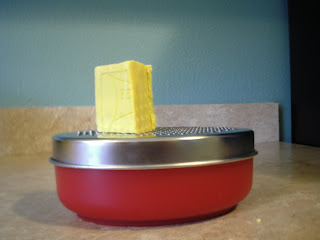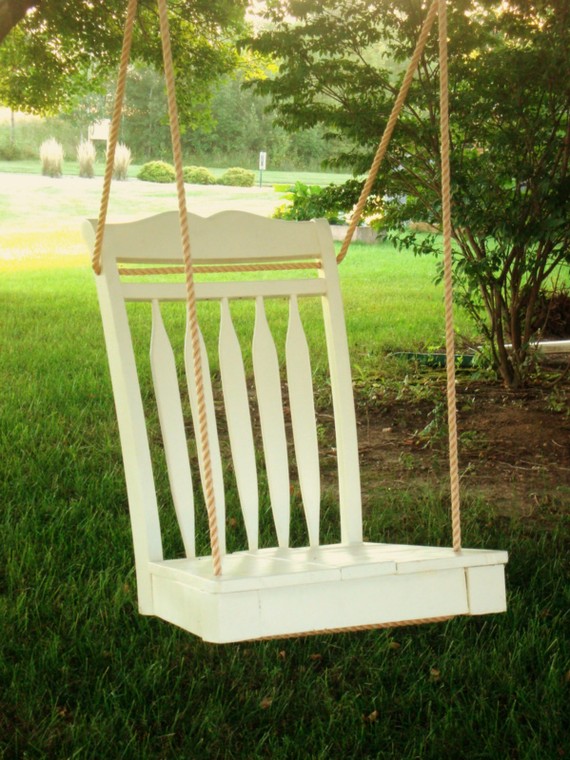 Step-by-step-by-step-by-step-by-step....
Step-by-step-by-step-by-step-by-step....
There
have been a lot of questions posted lately about the whole laundry detergent-making process. Which I take
as a great sign that more and more people are getting fed up with the
ridiculously high-priced brand name stuff and turning to time-tested, "mother-approved" formulations that date
back to before most of us were born! :-) And work JUST AS WELL, if not better than the
over-priced, over-packaged stuff we are forced to lug home from the store in
huge plastic bottles that chances are won't be recycled. *deep breath*
(Stepping down off soapbox....for
now).
In any case, I thought it might be helpful to post
another "update", if you will, on the Homemade
Laundry Detergent project with more pictures!
Keep in mind, however, there is no "right" way to make this
stuff....this is just the way it works best for me. I would suggest
if you want lots more VALUABLE INPUT
from other readers....visit one of the following
ORIGINAL POSTS and read the comments. GREAT information
there!!
My Homemade Laundry Products
Line-Up
Let's start with the basic recipe
again:
Many people make this in a big, 5-gallon container, but
call me lazy, cuz I don't like to drag in a 5 gallon bucket from the garage.
When it's time to make soap, I just pull out my 4-quart saucepan like I'm
cooking up a double batch of rice. :-)
First I add the grated bar of soap and add water
to about the halfway mark.
I "cook" the soap soup
at on medium low until all the little bits of soap are completely melted. To
make sure of this...I will let it come to a boil for just a minute. That way I'm
pretty sure no pieces of soap will be floating in my finished product.
I then add the 1 cup
of Borax and the 1 cup of Washing Soda. Once again, we are only "cooking" it
long enough to make sure it is all a combined and smooth texture. I try not to
let it actually come to a boil because it will "boil over" very easily! (Not
that I would know about that.)
When it's all nice and combined and sorta
creamy looking (if kind of reminds me of cooking pudding at this point)...it's
time to pour it into your soap containers.
I use (3) 1 gallon Minute Maid Orange Juice
bottles.
I use a glass measuring cup and scoop the
mixture out of the pan and pour into the bottles.
I THINK it ends up
being about 4-5 cups in each bottle but I haven't actually measured it. I just
keep adding a little to each until they are all at the same level (and the pan
is empty.)
Now I take each one to the sink and hot water
until each bottle is about 1/2 full.
This allows for room to shake the contents after
it hardens AND to add more water to aid in that process.
Then I give each bottle a good shake! Come
on...get your aggressions out! Feel the burn! ;-)
This is what it looks like when I'm done...and
this is the way it will sit overnight.
Then in the morning.....it will look like
this.
Pretty much one big blob of goop. lol.
DON'T BE
ALARMED! DO NOT PANIC! This is perfectly normal!
Everything is going to be OK! I promise.
What *I* do at this point is take a long handled
wooden spoon and break up the goo a little bit
then add more hot water...
....to just a few inches from the top
...and give it another vigorous shake!! Repeat
with other 2 bottles.
They should look
SOMETHING like this. But remember...this is not exact science...if they are a
little thicker or runnier...don't worry. It will still be a great laundry
detergent and as you continue making and using it...you'll figure out just what
works for you.
TADA!! You just made
your own homemade laundry detergent for PENNIES a load!!!!! Sure it might be a
little lumpy...but who really cares?? It works! Pure and simple.
Honestly, I love this
stuff. I don't miss the store-bought stuff one bit! Especially since I started
using just a tiny bit of fragrance booster in each load. I kind of missed the
scent of the old stuff...but I've found most people prefer this unscented
version, especially those with sensitivities to that sort of thing.
There you have it. I
really don't think I could have taken any MORE pictures of the whole process. I
tried to cover every single step. Hopefully this is helpful for those of you who
are trying this for the very first time. You "old-timers" shouldn't even be
reading this...what are you doing here anyway? Just teasin'. :-) I can't tell
you how grateful I am for the "old-timer" comments when people have questions
because I can't always keep up AND your answers are usually better anyway!









 Step 5: I wanted to use a Beverage
Dispenser with a spigot but my soap came out all clumpy and I knew there was no
way it would flow through. So I busted out my immersion blender and smoothed all
the clumps layer by layer.
Step 5: I wanted to use a Beverage
Dispenser with a spigot but my soap came out all clumpy and I knew there was no
way it would flow through. So I busted out my immersion blender and smoothed all
the clumps layer by layer.



































